Six details about high-ball practice that coaches usually don’t just tell you.
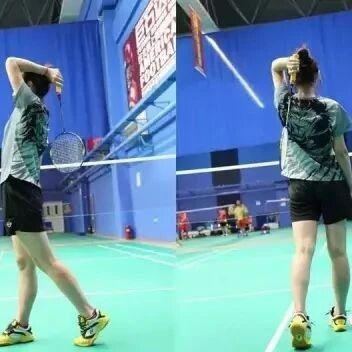

The high clear is the first step toward becoming a badminton expert. So, how can amateur players or beginners quickly practice the high clear—and what specific details should they pay attention to during practice?
Put some power into your right foot, and focus on adding more elasticity to your lower limbs—especially paying close attention to the smooth, coordinated movement of your waist and hips. Don’t slack off; make sure your side-to-side motion is fully engaged without going overboard.
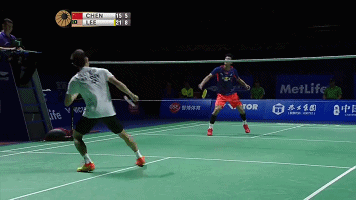
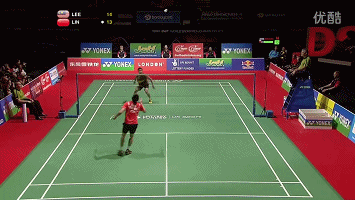
Maximize the distance and speed of your backswing—before striking, ensure your shoulders and chest remain relaxed and fully extended. After a brief pause, quickly snap your elbow forward to whip the racket head toward the shuttlecock.

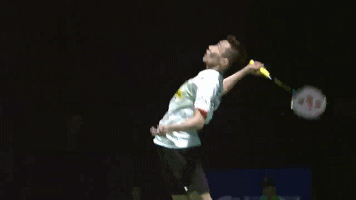
Of course, the overall movement should be as relaxed as possible, especially at the shoulder and wrist joints. However, tension naturally increases at the moment of impact—primarily when gripping the racket.
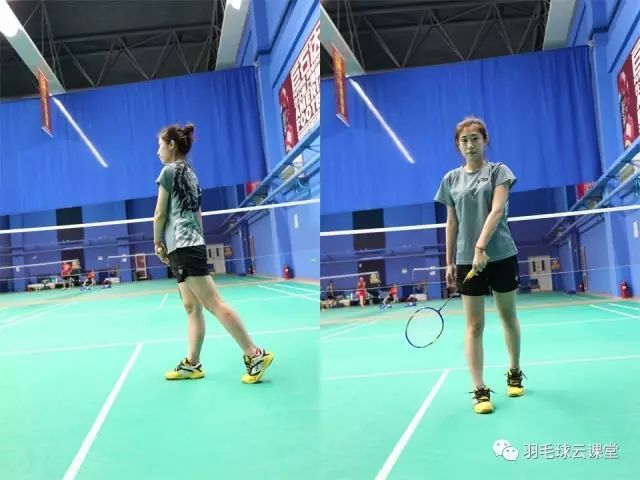
This is also the most crucial step: after hitting the shuttlecock, *never* casually shuffle back to center. Instead, immediately take small, quick steps to adjust your balance, keeping your eyes firmly fixed on the shuttlecock head. Only then should you swiftly react once your opponent makes their move—rest assured, you’ll have enough time. If you don’t make it in time, it’s either because you lost track of the shuttlecock, or because your opponent executed a clever feint. Of course, there’s a third possibility: you simply didn’t return the shot properly in the first place.
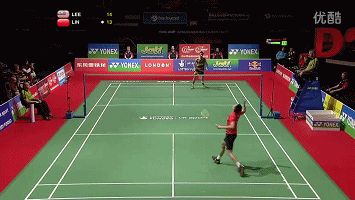
More article recommendations:
Want a net-friendly, spinny drop shot in badminton? Dive right in and check it out!
If you master this technique, you'll never feel flustered again when facing a smash.
Zhao Jianhua, Yang Yang, and Li Mao have prepared over 100 lessons for everyone, covering techniques like badminton net shots, backhand cross-court hooks, and smashes. Click "Read More in the Bottom Left Corner" to check them out! If you're looking to improve your badminton skills, don't miss this—your chance is right here!

Related Articles
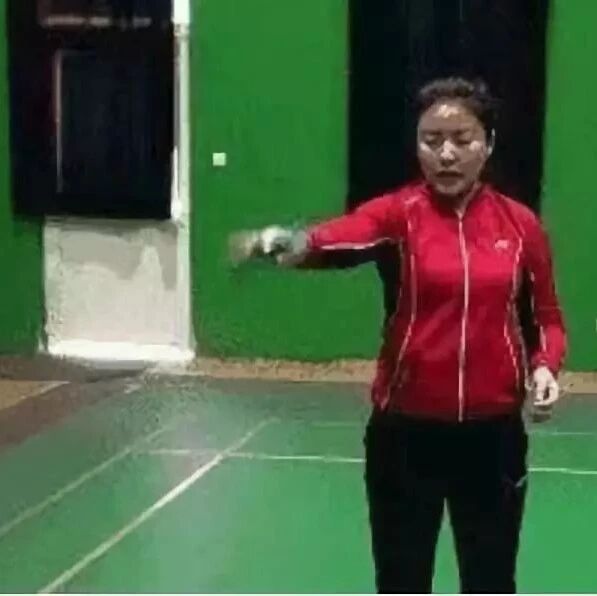
Practice your badminton power training like this, and I guarantee you'll see rapid improvement!
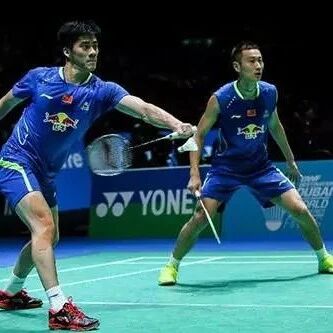
Why are you afraid of opponents' smashes? Because you haven’t mastered these 4 essential tips for handling them!
